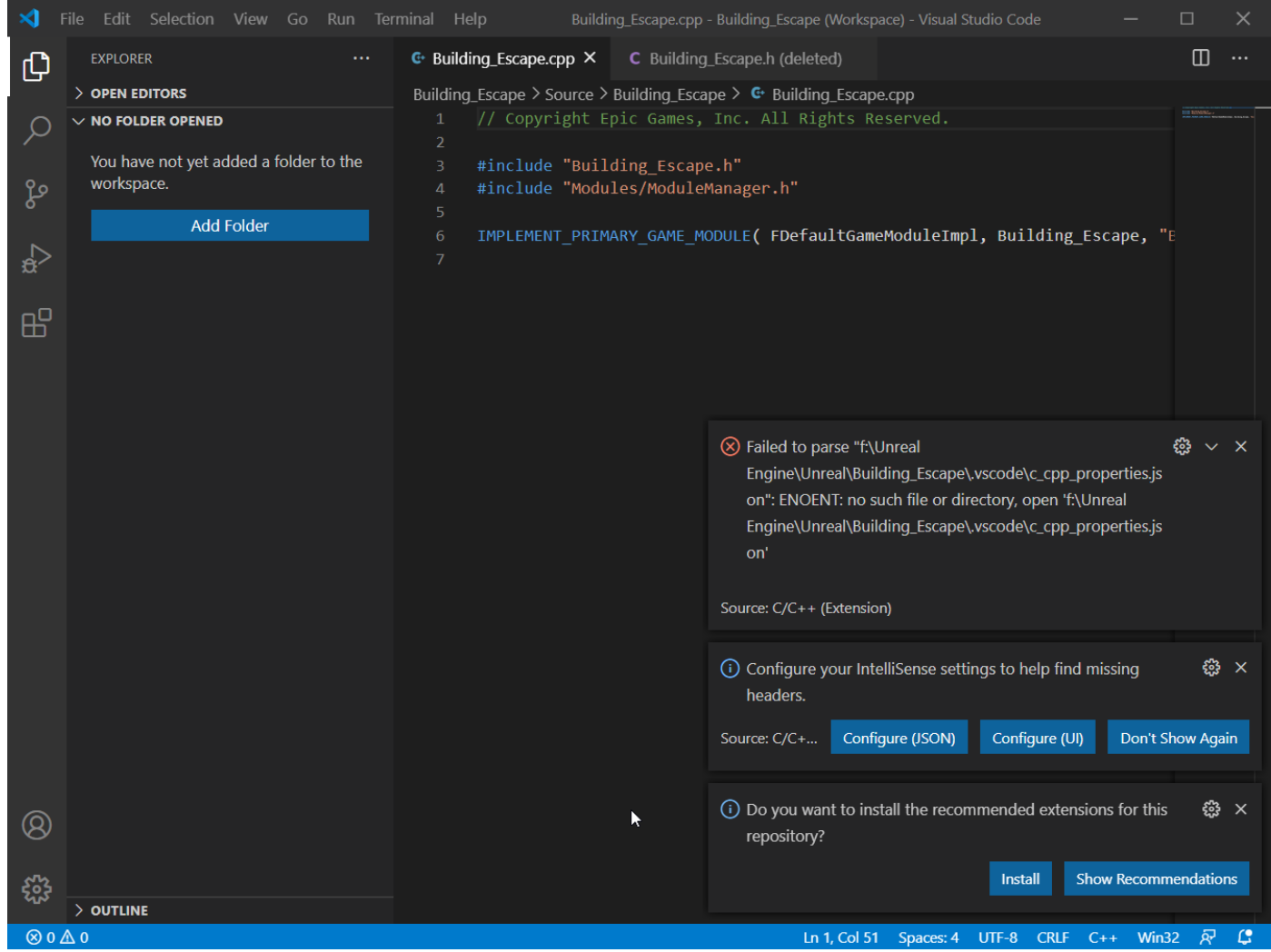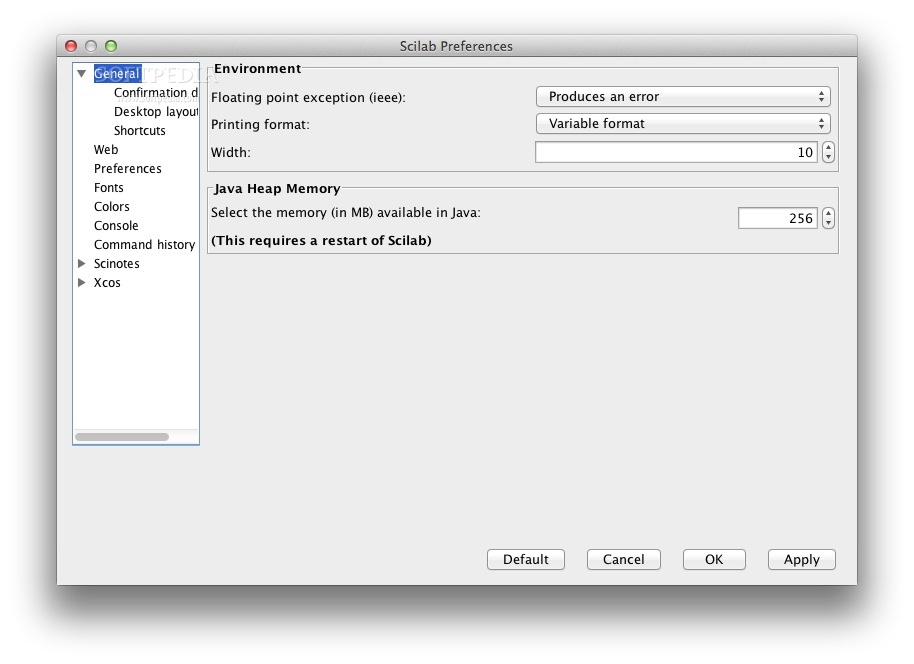

- COMPILED WITH SCILAB BUILT FROM SOURCE FILES. INSTALL
- COMPILED WITH SCILAB BUILT FROM SOURCE FILES. CODE
COMPILED WITH SCILAB BUILT FROM SOURCE FILES. INSTALL
Install your toolbox within SCILAB using the command line > atomsInstall('myToolbox. From the link given, I see it is possible to use a Windows environment: Microsoft Visual Studio, git, etc.
COMPILED WITH SCILAB BUILT FROM SOURCE FILES. CODE
bin files (bivary code equivalent to your scripts). Use the toolbox architecture template provided and change information.Create your scripts and put it into the macros folder.With what have been said in mind you are now able to create your own SCILAB toolbox by following those steps : bin files, as long as the loader and unloader. This is important if you want to carry modifications on your toolbox. It generates a binary version of your Scilab functions (.bin).īy executing this file, you will build your toolbox. Static libraries can be used to compile all of CoolProp into one compilation unit, and then link that with user code. This script is called by the builder.sce at the root of your toolbox. This is where you save all your functions written in Scilab (also called macros). You can add a function call at the end of the script. It defines the actions to perform when we quit the toolbox. Let us start with the very little you need in order to get your toolbox working: Install your toolbox within SCILAB using the.


To get started you can get inspiration from the toolbox_skeleton, packaged and distributed with Scilab in the contrib directory: With what have been said in mind you are now able to create your own SCILAB toolbox by following those steps : Use the toolbox architecture template provided and change information. In that case, what you would like to do is what we call a TOOLBOX. At this stage, it might also appear valuable for you to package those scripts into given applications, could be SCILAB libraries that would be automatically loaded at SCILAB start or scripts with Graphical User Interface. In fact, interfacing numerical code appears necessary in most nontrivial applications. This is useful to have faster code or to use specific numerical code for, e.g., the simulation or optimization of user defined systems, or specific Lapack or netlib modules. If you are a SCILAB advanced user, you might already have developed a lot of scripts for different purposes. Scilab can be easily interfaced with Fortran or C programs.


 0 kommentar(er)
0 kommentar(er)
